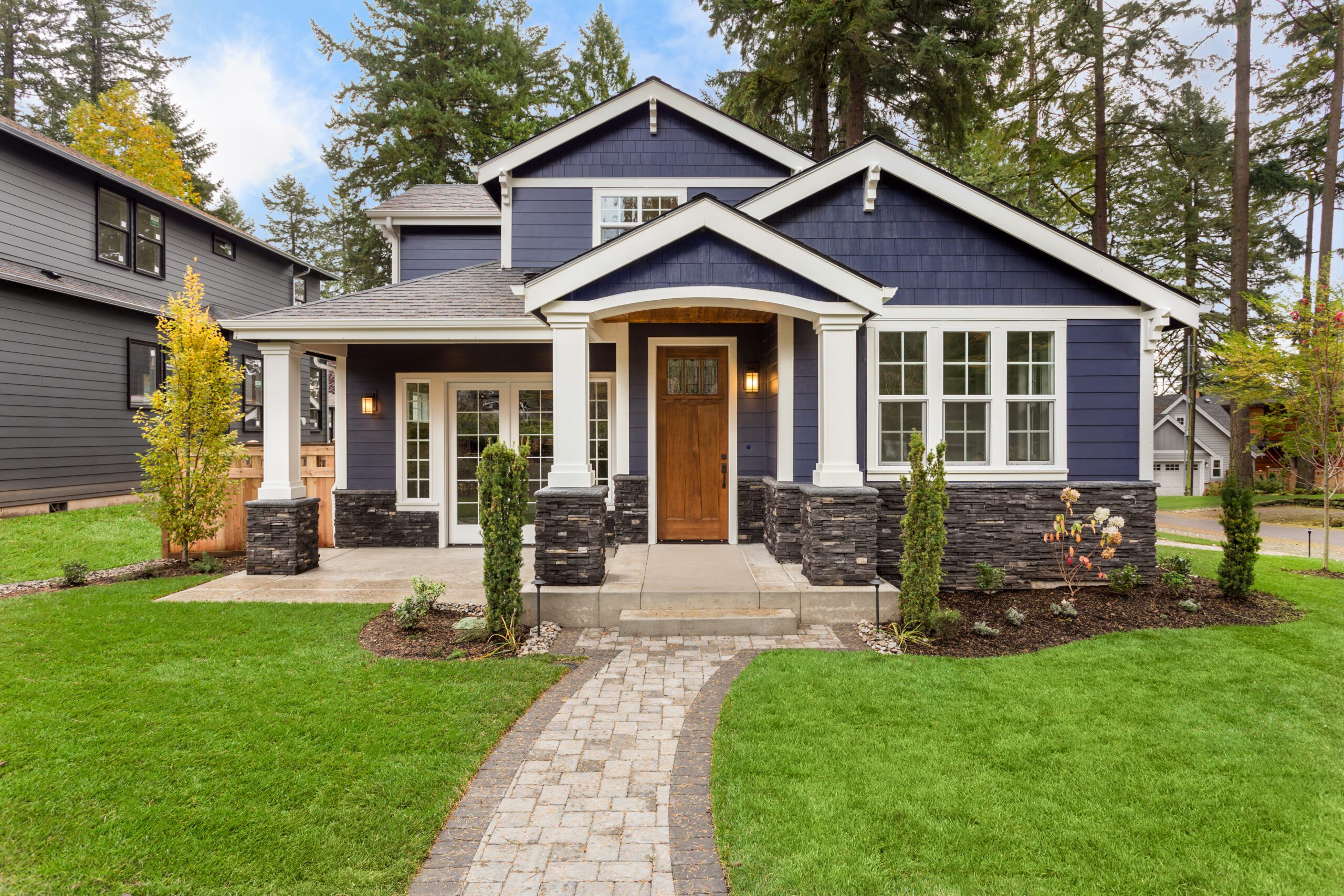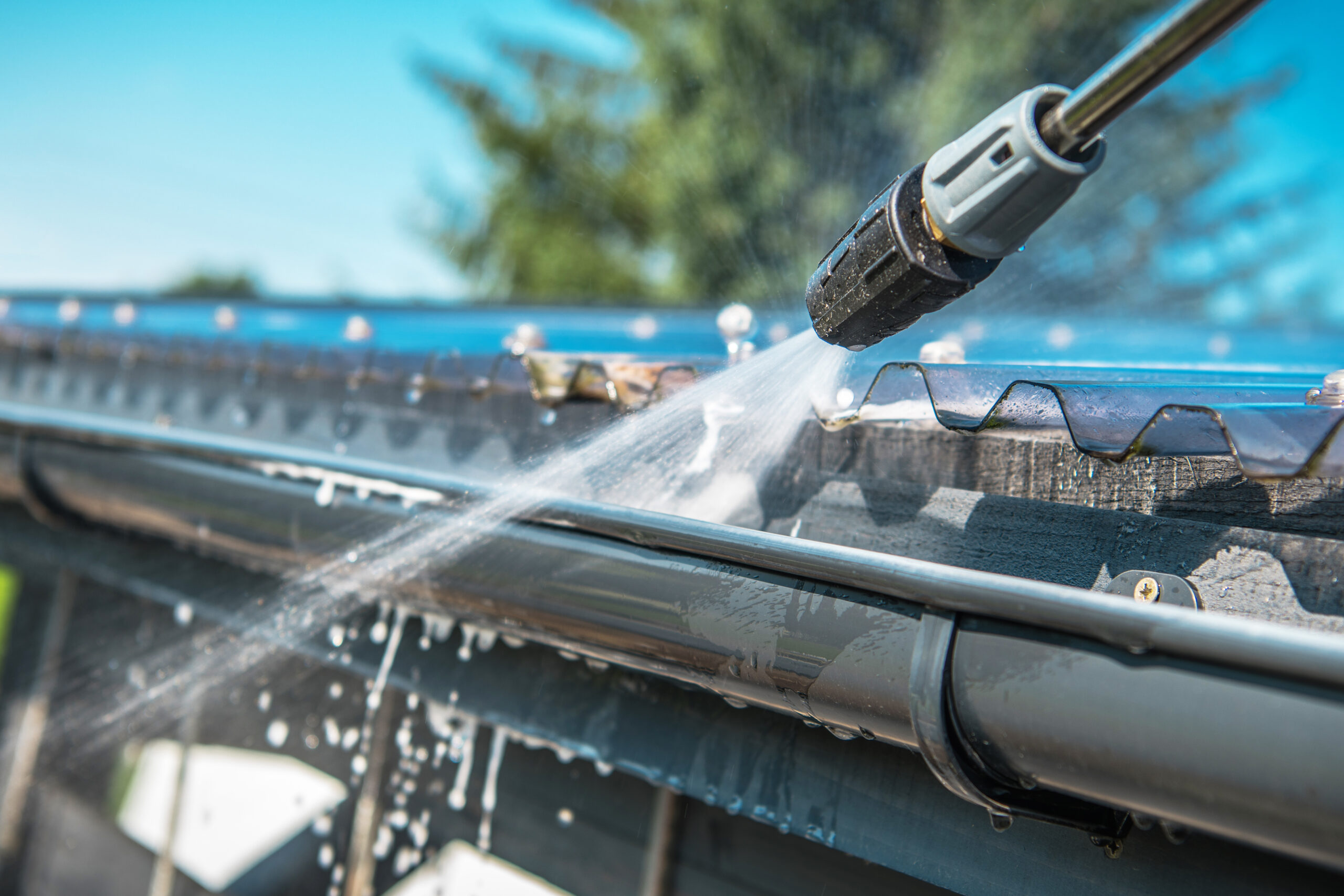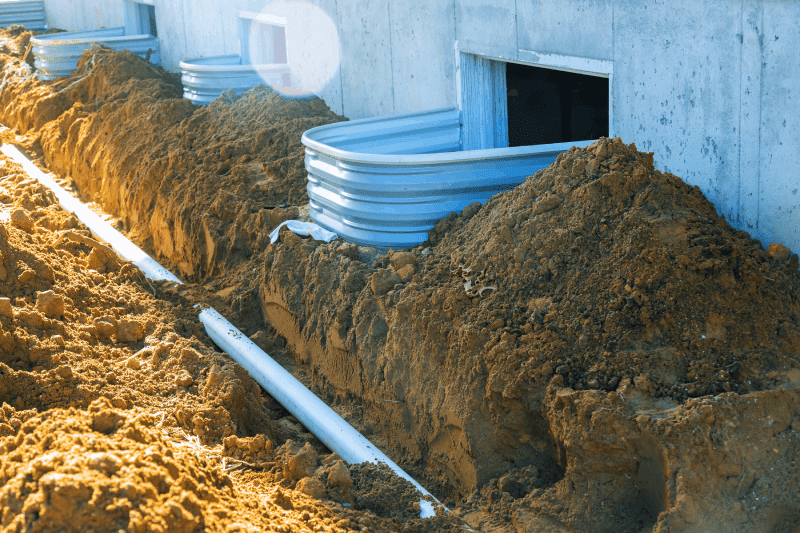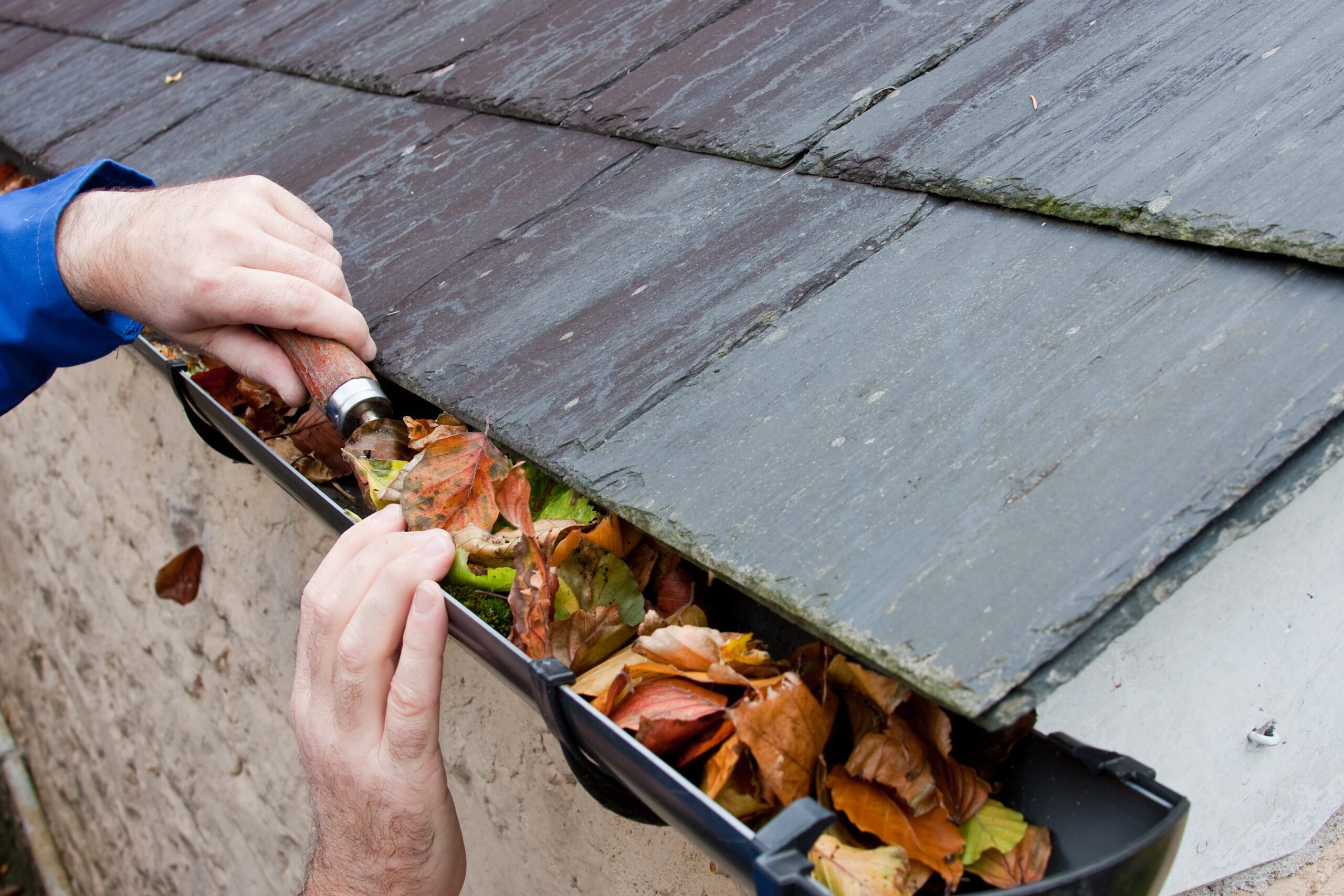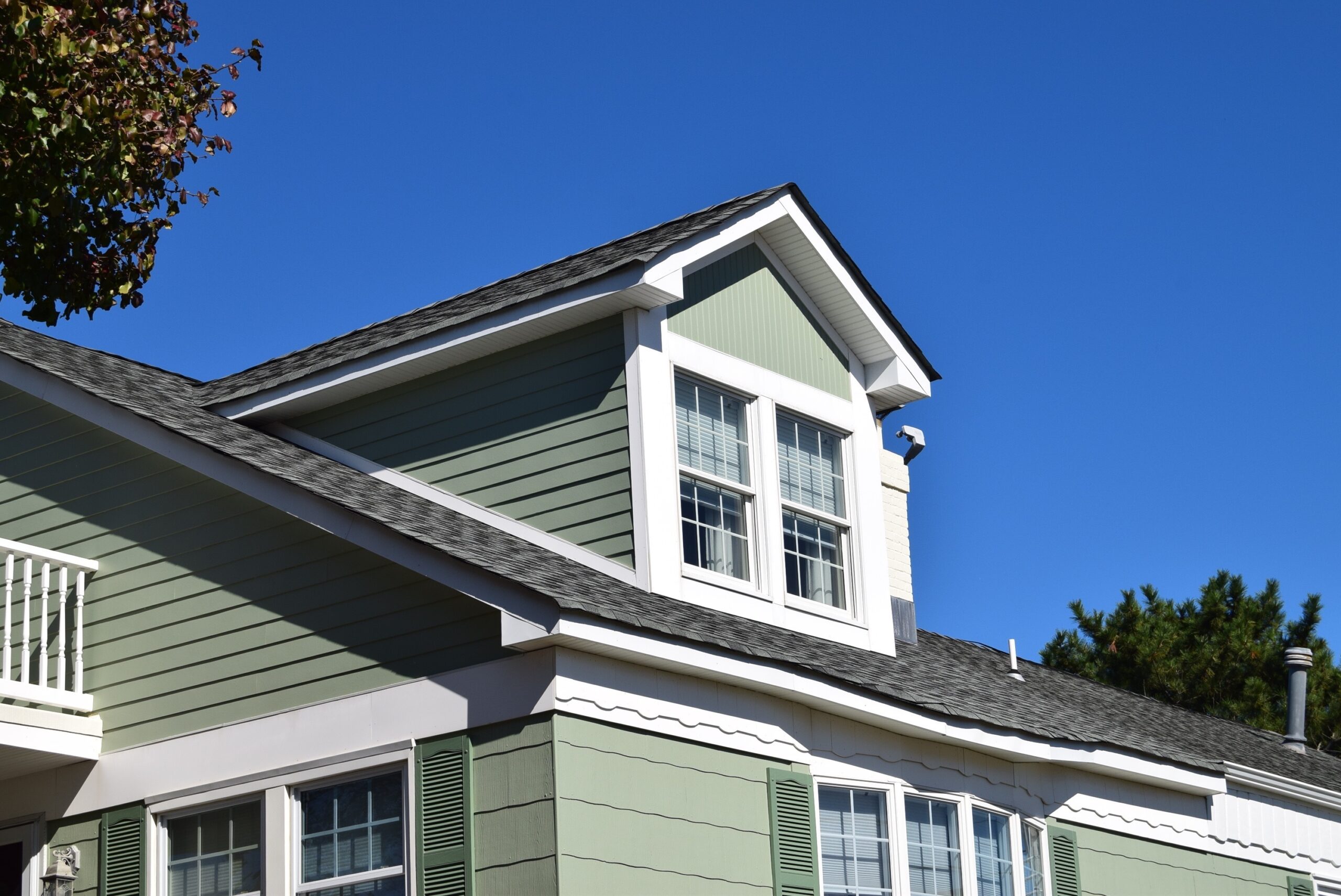
The Evolution of Gutter Design Through the Ages
Just like every other manmade thing, gutters have evolved throughout the years. Did you know the history of gutters dates back to 47 AD? That’s a long time ago, and, luckily, they’ve evolved from their first design of clay bricks that carried and collected water in buildings.
Could you imagine if our gutter systems were made from clay? They would be prone to breaks in severe weather, especially during thunderstorms that produce hail and heavy snow. They also wouldn’t be durable enough to withstand large amounts of precipitation, something homeowners in Lynchburg and surrounding cities are used to.
Are you curious how the first-ever gutter systems evolved from clay bricks to heavier-duty materials and designs throughout the years? Continue reading as we discuss the evolution of gutter design through the ages so you can learn a little more about the crucial home component that keeps your home drier and prevents drainage issues.
Quick History of Gutters
As previously mentioned, gutter systems have evolved from clay bricks that collected water inside a building and were dumped outside. After The Romans shared the concept of a gutter system with Britain, many buildings with stone roofs included gargoyles that were believed to protect the building from evil spirits but functioned like our modern gutter systems – to divert water away from a structure.
Gutter systems were placed on nearly every building in medieval times to keep a structure’s roof dier. An issue with gargoyles was that the water would tend to run down the side of a building, staining the building’s material. By the 1200s, downspouts were first used on the Tower of London to maintain its bright white color and prevent unsightly stains.
Fast forward to the 1500s when nearly every structure had a gutter system with downspouts, most often made of lead. Eventually, gutters were made from other materials like cast iron and wood. By the 20th century, other gutter materials became available and the rolling machine was invented, allowing builders to use the heavy-duty material steel to make gutters. Eventually, materials like vinyl, aluminum, and copper were used.
Evolution of Gutter Design Through the Ages
Now that we’ve taken a quick history lesson about how gutter systems came to be, let’s learn about the evolution of gutter design. As previously mentioned, gutters were originally made from clay bricks, yet there isn’t much known about how the specifics and anatomy of ancient gutter systems, we do know that gutter systems have evolved quite a bit since 47 AD. Below is a quick review of the evolution of gutter design:
K-Style Gutters
K-style gutters resemble the letter k, often flat on the side that attaches to the home. The design of K-style gutters complements a variety of homes from contemporary to farmhouses and everything in between. They’re versatile, pair well with any home, and allow more water to flow through the system than other styles. K-style gutters are made from copper, steel, vinyl, and aluminum.
Though they are a beautiful addition to any home, K-style gutters have a design that makes them slightly more difficult to keep clean versus others. Because they’re shaped like a k, debris can get trapped inside each corner of the gutter. Therefore, k-style gutters require frequent maintenance to keep them clean.
Traditional Half-round Gutters
The design of half-round gutters allows water that flows from the roof to enter the inside of the half-round gutter where the top is completely exposed, yet shaped like a half circle. This design allows water to flow through the gutters, into the downspouts, eventually being diverted away from a home’s foundation.
Though they effectively collect rainwater from a roof, half-round gutters have drawbacks. For one, because the inside of the gutter is completely exposed, debris easily makes its way inside. This creates clogged gutters if the gutter system isn’t properly cleaned often. Next, half-round gutters may not be as durable as other designs depending on the material.
Sectional Gutters
Though we don’t recommend anyone install sectional gutters, they are a popular choice for some homeowners because of the ease of installation and the lower price tag compared to other gutter systems. Installed in literal sections of material, sectional gutters require many bolts and screws to attach each piece.
Though they are more affordable, sectional gutters are more likely to leak thanks to the bolts and screws that attach each section loosening after severe weather or from heavy snow and debris that puts a strain on the seams. Debris can get trapped, leading to clogs and leaky gutters.
Seamless Gutters
Making their debut in the 1960s, seamless gutters were made using a rolling machine invented by Art Knudson. The rolling machine paved the way for gutters to be made from one continuous piece of material to avoid cracks and unnecessary bolts and screws. Seamless gutters work better than other styles to collect and drain water away from roofs and foundations while eliminating leaks compared to sectional gutters.
Seamless gutters require less maintenance than sectional and half-round gutters because there are no seams or multiple sections bolted and screwed together. Six decades later, seamless gutters are widely used among homeowners nationwide, and ones made from heavy-duty aluminum are sure to last many years.
The K-Guard Leaf Free Gutter System
A newer design for home gutters was invented in the late 1900s – The K-Guard Leaf Free Gutter System. This advanced gutter system is unlike any other and has multiple components that work together to eliminate drainage issues. With its innovative curved hood and seamless design, K-Guard prevents all debris from entering the gutters, ensuring no clogs can form. The result? Rainwater can flow freely through the system.
K-Guard is seamless and an excellent choice for homeowners in and around Lynchburg and Central Virginia. It’s made from heavy-duty aluminum that will never rust and is strong enough to withstand severe weather from all seasons. They enhance curb appeal and have a design that mimics crown molding, adding elegance to any home and complementing any home type. They also never need to be cleaned and are virtually maintenance-free!
If your home needs gutters installed or you need to replace your existing gutters and want to extend your roof’s life, consider installing seamless gutters and guards or the K-Guard System from Home Evolutions VA.
We’ve been installing and repairing gutter systems for decades with thousands of happy customers in Lynchburg and surrounding areas. We can help with all your home improvement needs, whether you need help with an insurance claim or a quote for installing a new roof or gutter system. We’re here to help every step of the way throughout the entire process. Contact us today for a free estimate!

